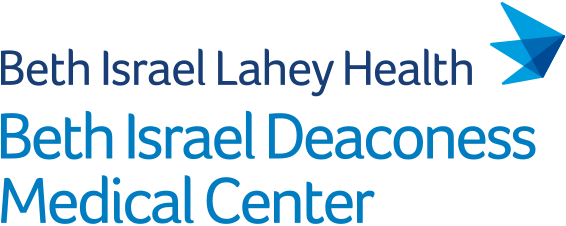Abstract
Pulmonary embolism (PE) is a life-threatening condition characterised by occlusion of the pulmonary vasculature, with a global incidence of approximately 1 in 1,000 patients. While pharmacological therapy remains the cornerstone of PE management, selected patients may benefit from catheter-directed treatments due to their potential for rapid symptom relief and swift haemodynamic stabilisation. Catheter-directed thrombolysis and catheter-directed mechanical thrombectomy are current treatment options, though their availability is still limited. This review provides a practical outlook on catheter-directed therapies for PE, outlining optimal procedural planning, device selection, technical execution, evaluation of results, and management of complications.

